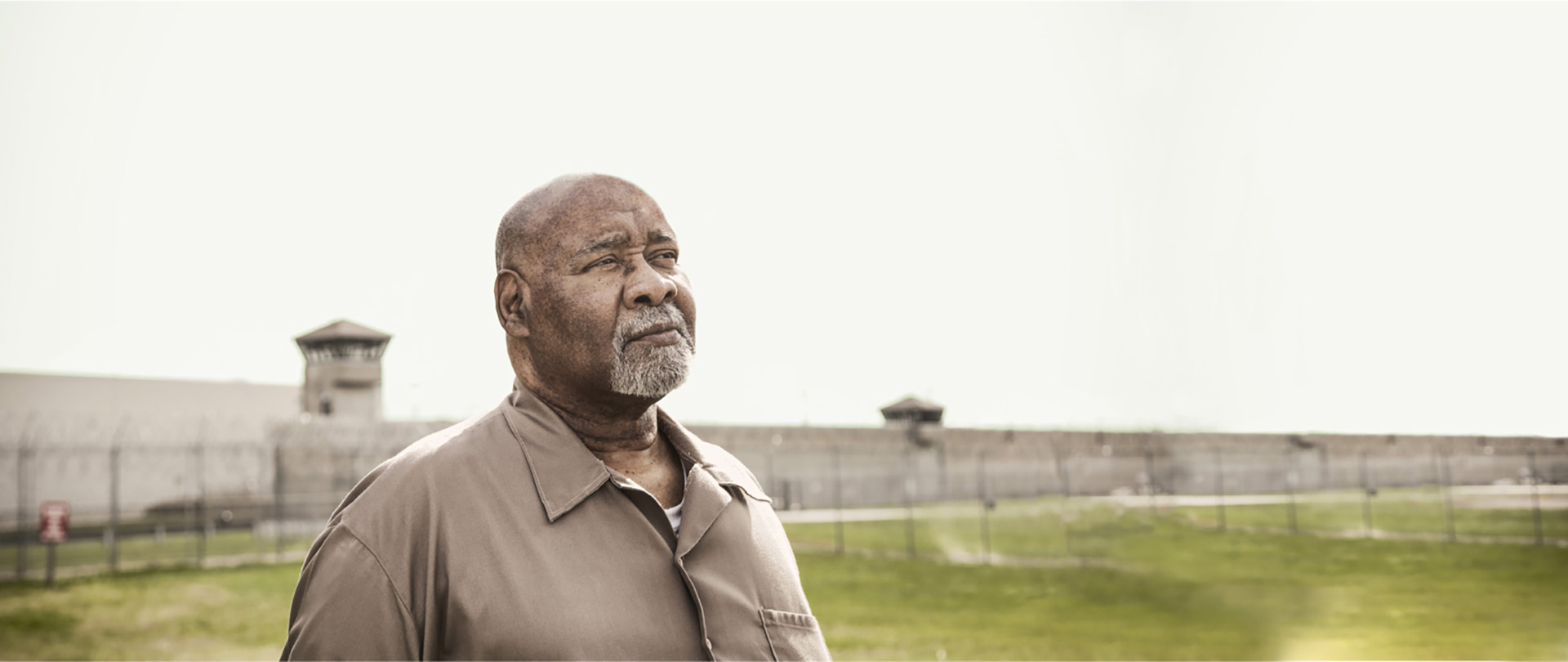Declines in Youth Commitments and Facilities in the 21st Century
A major reduction in the number of youth committed to juvenile facilities has taken place this century, yet racial disparities in youth commitment remain large and prevalent.
Related to: Youth Justice
A major reduction has taken place in the number of teenagers committed to juvenile facilities in this century. At a time of increasing calls to cut the number of incarcerated adults by 50 percent over 10 years, the juvenile justice system has already attained this goal. Moreover, the decline has taken place without harming public safety.
Between 2001 and 2013, the number of juveniles committed to juvenile facilities after an adjudication of delinquency (or, as was the case for 413 juveniles, conviction in criminal court) fell from 76,262 to 35,659.1 Overall placements, which also include those juveniles held pre-adjudication, peaked in the year 2000 and have since fallen by 51 percent.
This represents a 54 percent decline since a 1999 peak and a 53 percent decline since 2001. As of 2012, these reductions led to a one-third reduction in the number of juvenile facilities since 2002.
Twenty-seven states, spread through every region, have attained a cut of 50 percent or more of their committed youth between 2001 and 2013, while only one state – North Dakota – and the District of Columbia have seen any increases at all. Eight states achieved reduction of at least two-thirds: Mississippi, Massachusetts, Louisiana, North Carolina, Tennessee, New York, Connecticut, and Illinois.
| 1. | The Office of Juvenile Justice and Delinquency Prevention compiles data on juveniles in residential facilities using a one-day count, generally taken in late October. The nationwide count is available annually whereas some components of that overall count, including state-by-state counts, are only available on a biannual basis. Citation for most figures and tables in this paper: Sickmund, M., Sladky, T.J., Kang, W., and Puzzanchera, C. (2015) “Easy Access to the Census of Juveniles in Residential Placement.” |
|---|


